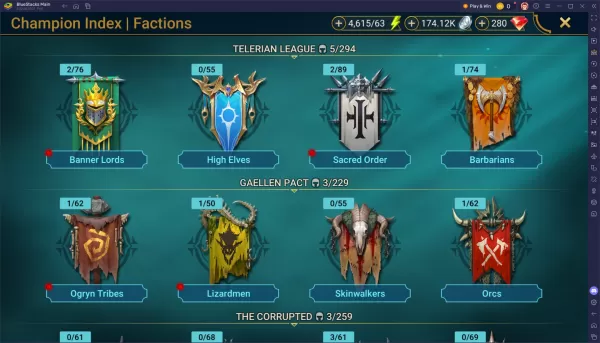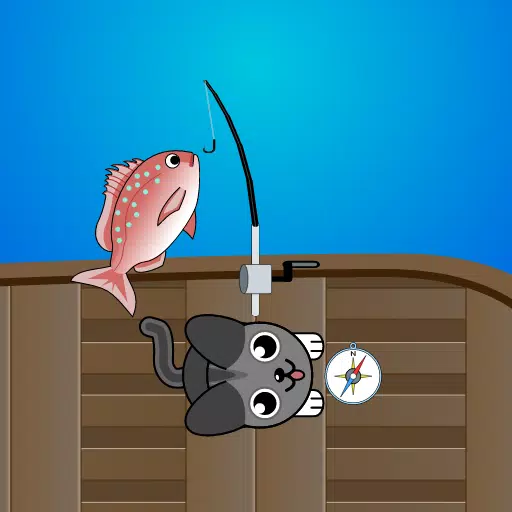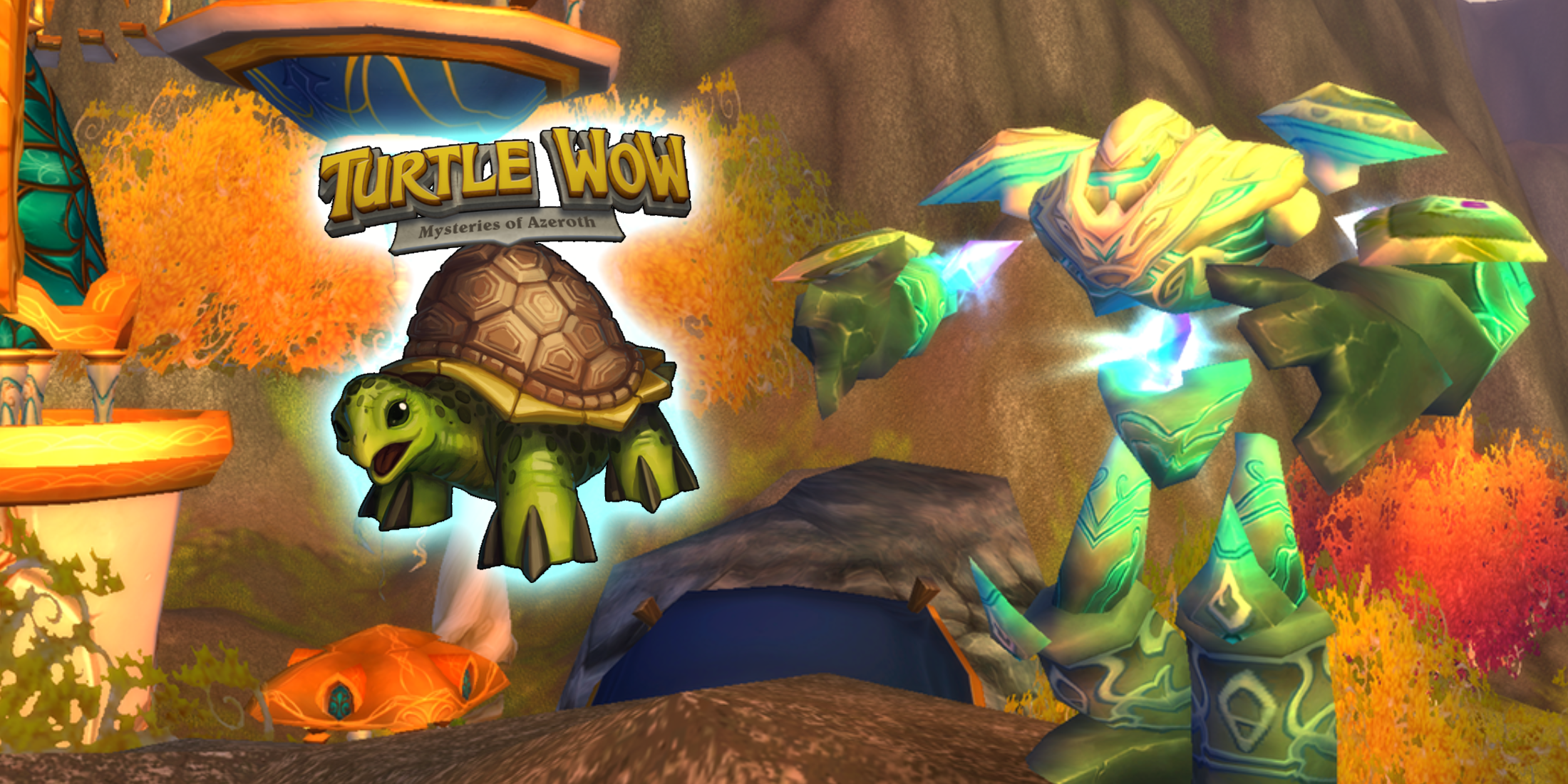"Science Revives Extinct Dire Wolves"
Bringing a super-sized canine back from extinction after 12,500 years sounds like the plot of a blockbuster movie featuring special effects like gnawed flesh and buckets of fake intestines. Yet, it's not just a cinematic fantasy; it's a reality thanks to the biotech company Colossal Biosciences. They've successfully revived three dire wolves—Romulus, Remus, and their younger sister, Khaleesi—who now reside in a secret location within the United States.
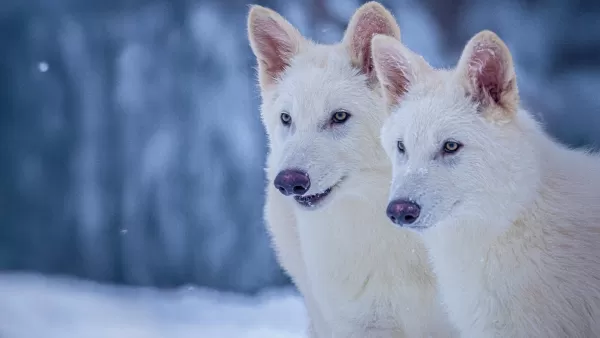 Romulus and Remus at three months old
Romulus and Remus at three months old
Colossal Biosciences achieved this feat by using DNA from the common gray wolf, employing gene-editing techniques, and utilizing domestic dog surrogates. The result? Three majestic creatures that embody the essence of any mother of dragons' dreams: huge, white, and undeniably awe-inspiring.
“I could not be more proud of the team. This massive milestone is the first of many coming examples demonstrating that our end-to-end de-extinction technology stack works,” said CEO of Colossal, Ben Lamm.
“Our team took DNA from a 13,000-year-old tooth and a 72,000-year-old skull and made healthy dire wolf puppies. It was once said, ‘any sufficiently advanced technology is indistinguishable from magic.’ Today, our team gets to unveil some of the magic they are working on and its broader impact on conservation.”
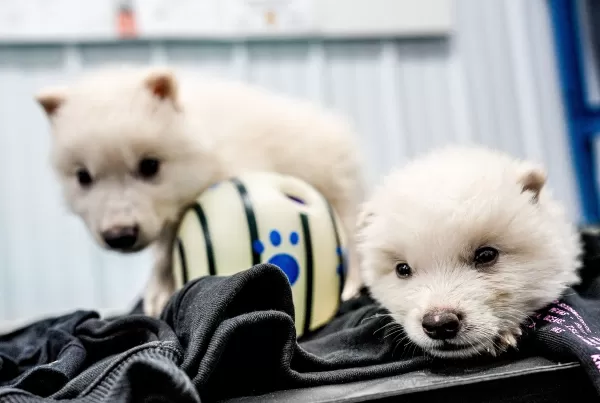 Romulus and Remus at one month old
Romulus and Remus at one month old
Colossal Biosciences is no stranger to making headlines. Previously, they engineered a Colossal Woolly Mouse, resembling a mammoth phenotype, using computational analysis of 59 woolly, Columbian, and steppe mammoth genomes ranging from 3,500 to over 1,200,000 years old. Despite their achievements, the company faces criticism. Some argue that the dire wolves are merely normal wolves in elaborate costumes, as the existing dire wolf DNA might not be sufficient for a true genetic clone.
However, Colossal Biosciences' motives extend beyond creating viral sensations or owning extraordinary pets. Their ultimate goal is to leverage their findings to preserve current species for future generations.
“The de-extinction of the dire wolf and an end-to-end system for de-extinction is transformative and heralds an entirely new era of human stewardship of life,” said Dr. Christopher Mason, a scientific advisor and member of the board of observers for Colossal.
“The same technologies that created the dire wolf can directly help save a variety of other endangered animals as well. This is an extraordinary technological leap in genetic engineering efforts for both science and for conservation as well as preservation of life, and a wonderful example of the power of biotechnology to protect species, both extant and extinct.”
To ensure the well-being of these dire wolves, Colossal Biosciences has collaborated with the American Humane Society and the USDA to establish a 2,000+ acre preserve. The wolves are cared for by a dedicated team, ensuring they live a life befitting their superstar status.
-
EA and Maxis have unveiled an exceptional 25th-anniversary celebration for The Sims franchise. Both The Sims 1 and The Sims 2 are making a triumphant return to PC through two Legacy Collections and a special bundle package.Digital Rebirth of ClassicAuthor : Hazel Dec 19,2025
-
Faction Wars stands as one of RAID: Shadow Legends' most challenging yet rewarding game modes. Tied to faction-specific crypts, this RPG mode pushes players to build entire teams from a single faction, testing both roster depth and strategic planningAuthor : Lily Dec 19,2025
-
 Barber Shop - Simulator GamesDownload
Barber Shop - Simulator GamesDownload -
 Move-it! Charades (Mexa-se!)Download
Move-it! Charades (Mexa-se!)Download -
 Skibidy Toilet Music Tiles HopDownload
Skibidy Toilet Music Tiles HopDownload -
 AstreonDownload
AstreonDownload -
 Classic Solitaire Collection - Best Card GamesDownload
Classic Solitaire Collection - Best Card GamesDownload -
 RWBY Rise Of The White FangDownload
RWBY Rise Of The White FangDownload -
 Spider Lego Battle TransformDownload
Spider Lego Battle TransformDownload -
 Pocket Land ModDownload
Pocket Land ModDownload -
 House Flipper: Home DesignDownload
House Flipper: Home DesignDownload -
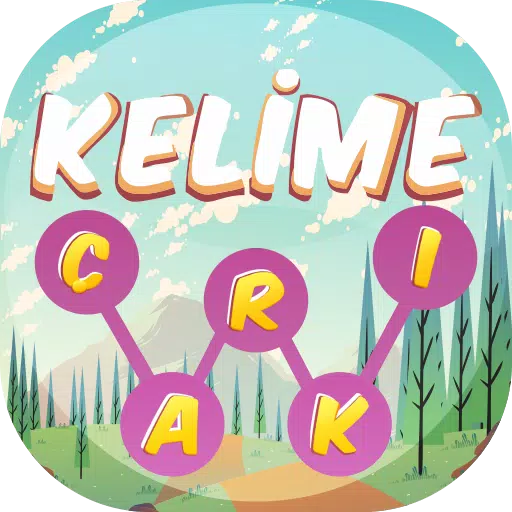 Kelime ÇarkıDownload
Kelime ÇarkıDownload
- Wuthering Waves: Uncover the Secrets of Whisperwind Haven's Palette
- Mastering Two-Handed Weapons in Elden Ring: A Guide
- Roblox Simulator Codes: Unlock Exclusive Rewards!
- Top 25 Palworld Mods to Enhance Your Game
- Ultimate Guide to Shinigami Progression in Hollow Era
- Karl Urban Debuts as Johnny Cage in Mortal Kombat 2

